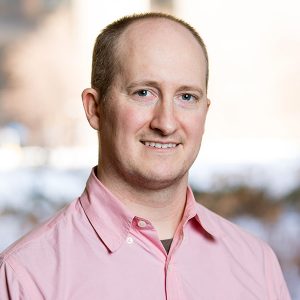In just a single medical study, multiple approaches and technologies are often used to measure various aspects of the body and its chemical processes that are related to what’s being investigated.

In particular, many studies collect data that are both multi-source and multi-way, meaning data are measured using multiple technologies on multiple kinds of samples or areas, such as body regions, for the same individuals. For instance, a study to identify signs of brain iron deficiency in babies may include different kinds of measurements over many months of molecules and proteins in samples of both blood and cerebral fluid in order to gain a complete picture of what’s happening.
The problem is researchers currently lack a way to analyze the data in a combined way. The result is the combined data has to be split into separate analyses that each capture only one facet of what’s happening in the body and restrict the ability of researchers to accurately see how everything relates together.
To improve this, School of Public Health researchers have received a $1-million grant from the National Institutes of Health to develop new methods to analyze the data all together at the same time.
“Combining these data into a ‘joint’ model will lead to identifying accurate composite signs of disease risk and its progression in the body, called biomarkers,” said lead researcher and Assistant Professor Eric Lock.
Joining Lock on the project are Professor Lynn Eberly, as well as researchers from the University’s Center for Magnetic Resonance Research, the Center for Neurobehavioral Development, and the Department of Medicine. Student research assistants will also contribute to the work.
The methods will be developed in research involving biomarkers for brain iron deficiency in infants; lung cancer development in chronic obstructive pulmonary disease patients; and the progression of neurodegenerative disorders, such as Friedreich’s Ataxia.
Once developed, the methods will be implemented in free, open-source software easily available to other researchers and practitioners.
